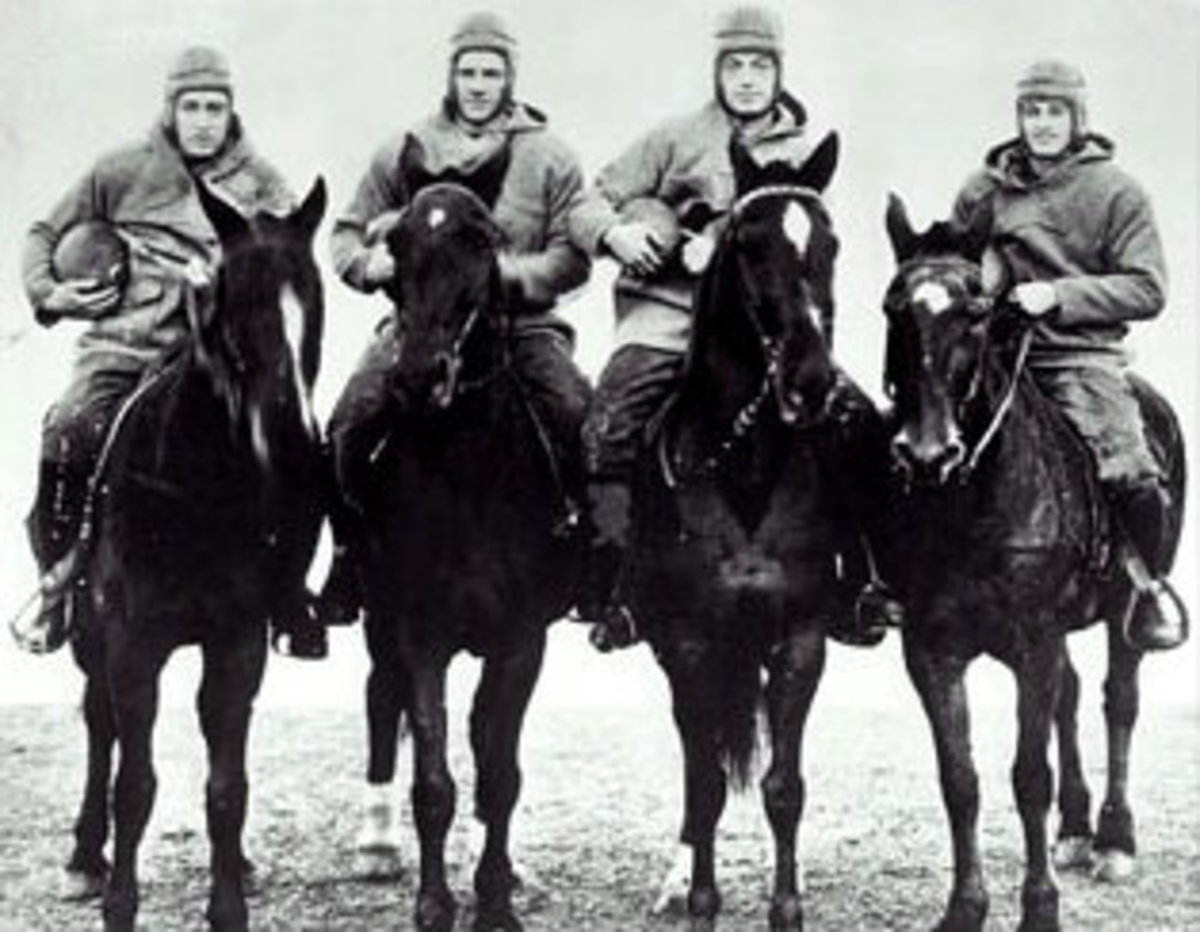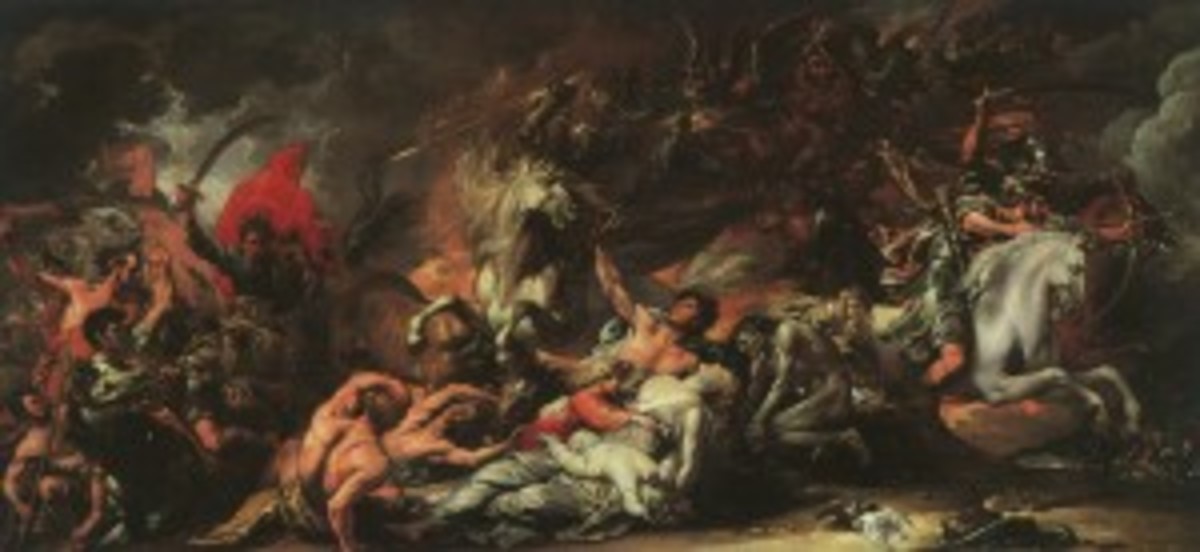Behold a Pale Horse on Your TV: Cairo Riot Incites an Apparition of the Fourth Horseman of the Apocalypse
- March 10, 2017
- ⎯ Fran Jurga
And I looked, and beheld a pale horse: and his name that sat sat upon him was Death.”
~Book of Revelation in the Old Testament
I hope this YouTube video goes viral. I have no idea who these people are on this video, but this definitely caught my attention, and I thought I would share it with you. If you’ve been reading this blog or follow me on Twitter (@franjurga), you know that I’ve been upset by the news coming from Egypt, and the use of horses in the conflict upset me even more.
What do you remember about the Four Horsemen of the Apocalypse? (Other than that they cue the end of the world as we know it.) From Tarot cards to medieval-themed video games, the horsemen symbols are with us in western culture.
If you’re like me, you remembered that the horsemen were loosing pestilence, war, famine and death upon the world, which isn’t exactly the way the Old Testament presented them (depending on your favored interpretation), but the Four Horsemen have become part of popular culture and are strong symbols. (I was never that sure what pestilence meant; lately I’ve heard that horseman’s name changed to plague, which I think everyone can understand.)


I highly recommend that you read Shelley’s poem. It commemorates the Peterloo Massacre, an event that most Americans would not know. (The name is an apparent ironic reference to the Battle of Waterloo.) In 1819, British troops on horseback were sent into a crowd of demonstrators in Manchester, England; they were protesting for Parliamentary reform. The horsemen killed 15 of their own country’s people; many hundreds were wounded. The imagery that Shelley evokes is so strongly illustrated by what’s going on in Cairo right now that it’s eerie. Add in his mentions of the Pale Horse and the occult world will…well, have a revelation.
Who knows what that horse image was on the MSNBC image file? It’s one of those unexplainable phenomena that haunts highly-charged moments in history like these, and reminds us of how connected all things, past and present, really are–whether they appear to be “real”…or not.








